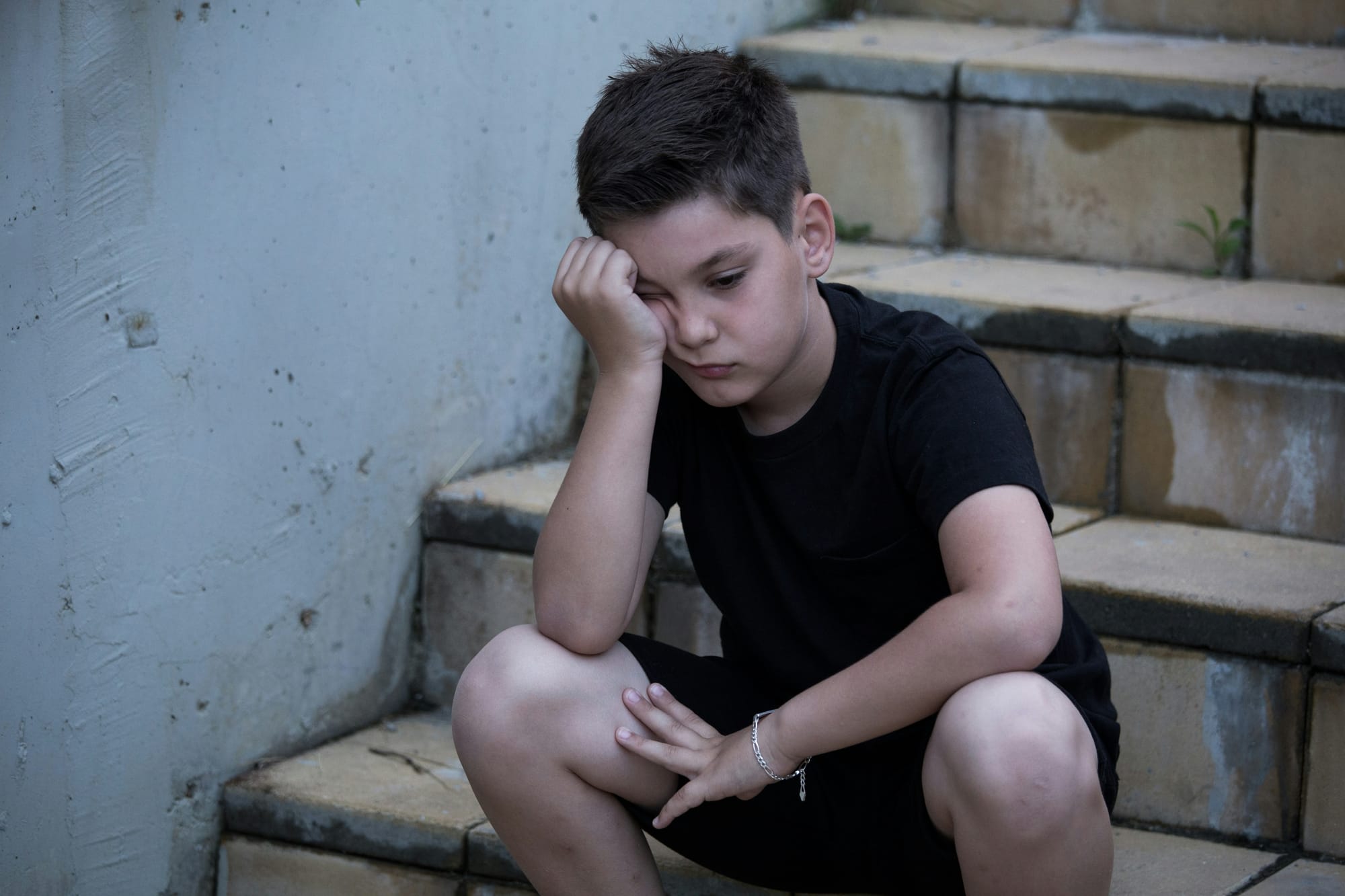Thoughts: Attentive ignoring

Not long ago, one of our sons was struggling with his child’s behavior—I think he was trying to get the child to apologize for a particularly rude emoji message he sent to Grandpa and me (lots of poop emojis and some extra flair—the sort of thing kids of a certain age find hilarious). Our conversation as Son’s efforts unfolded went something like this: Me: I dunno, I guess it didn’t bother me. Son: How do you do that? Me: I dunno, I guess I just ignore it. Son: That’s what I mean, how do you do that?
After some thought about the question, I realize that I actually don’t “just ignore” what the kids are doing (or feeling). So I’m going to try to explain better to Son (and to readers) a practice that helps me with grandparenting—call it attentive ignoring.
Attention first
Attentive ignoring puts attention first—seeing and hearing what is going on with the child’s and your own feelings, words, and behavior. After the observations, one chooses what to ignore for the moment—that is, what not to react to or build on—and what to address.
Here’s an example. One day when we had two grandchildren over for a school release day, we set up 30 minutes of videogame time with kid one on an iPad and kid two on a laptop. Kid one struggled with his game on the laptop, and knew it was easier on the iPad. Tears and bellows about unfairness ensued. I felt myself getting distressed by his tears—something between concern, regret that he wasn’t having fun, and irritation—but I chose not to give into my agitation, or to his tears and his demand that he have the iPad NOW. But I didn’t just ignore him. I heard his concern, validated it (the game is easier on the iPad), made a plan that he could have the iPad next time, and congratulated him as he improved his skills with the laptop game.
Digging deeper into what’s happening in this scenario, notice that two people’s feelings are involved—kid one’s and mine (kid two’s, too, but we’ll simplify). To attentively ignore, I needed to be aware of both sets of feelings: How is the child feeling? Why? What, if anything, should I do about it? And how am I feeling? Why? What, if anything, should I do about it? All of that attention is happening at once—but it’s probably most important to attend to yourself first. If I had let myself get all wound up, heart racing, irritation or anger rising, I would not have been able to figure out what to do for kid one. Whereas by attending to my own emotions and deciding in the moment whether my anger or irritation was justified or helpful—and in this case, reining it in—I made better decisions about the child’s needs.

Feelings or doings?
Which brings me to another thing that is going on in the example—choosing what to attentively ignore: My choice in the Laptop Agony Scenario was to attentively ignore kid one’s big feelings (those tears and shouts) in order to work out solutions to the problem (for now, practice with the laptop; get the iPad next time). In other scenarios, it is best to attentively ignore the behaviors and address the feelings. For example, a parent told me about a young child who tended to react very strongly and physically to accidental hurts. If another child accidentally hit him with a misthrown ball he would try to physically attack the ball-throwing child. Obviously, in defense of the attack-ee, adults in charge would step in immediately to stop the retribution. They didn’t just ignore the behavior! But they didn’t prioritize correcting it, either, because it was clear that the attack was rising out of emotions the child could not control. Instead, the adult’s primary attention went to the feeling, helping the child calm down. Later, when all were calm, the adult in charge would matter-of-factly address better ways to handle being mad.
Speaking of being mad, I do think there are times to let a grandchild see my emotions. For example, I have gotten mad at one for being mean to another, and at another who was unkind to our ever-patient golden retriever. Even then, however, I’m not flying off the handle—I’m using the emotion to make a point, in a way that is brief and focused.

For older kids and teens, too
Attentive ignoring is helpful with older children, too. A friend reports this example: Her sister’s son and a friend were looking at a Sports Illustrated swimsuit edition. The sister’s immediate reaction was worry that the material was too sexual for the grade-schoolers. But instead of rushing to grab the magazine, she listened, and she noticed that the kids were commenting on details like the color of the swimsuits, and on nothing sexual at all. Registering her own inclinations, and the children’s, led her to decide to attentively ignore what they were doing.
For teens, attentive ignoring might mean tuning out behaviors like door slamming, rude remarks, or unwelcome fashion choices in favor of attending to their feelings—as much as they’ll allow. (Unless their behaviors are unsafe—that’s a level of concern I can’t address here.) There’s a lot of attending to your own feelings involved in interacting with teens, too. Painfully, parents and grandparents often need to take in stride the hurt of a teen’s rejecting them (hopefully temporarily).
Let me reiterate: Attentive ignoring is enormously different than just ignoring. I’ve done my share of the latter, and in my experience it doesn’t work. Just ignoring withdraws attention from whatever the child is doing and feeling. In doing this, I cut them off as if I had left the room, abandoning them, emotionally speaking. The abandonment tends to intensify the child’s distress or ramp up their undesirable behaviors. Attentive ignoring, in contrast, creates a space of emotional exchange where the adult and child mutually determine what is important in the moment—and what is not.
Of course, I don’t always do well at attentively ignoring. But I do recommend it—it’s helpful for keeping peace all around. And Son, I hope I explained it better now!